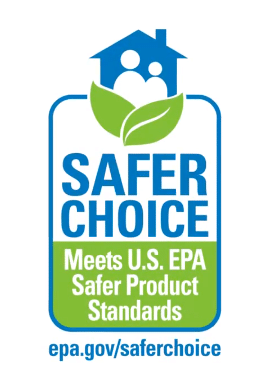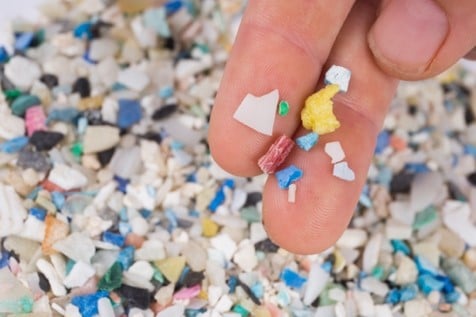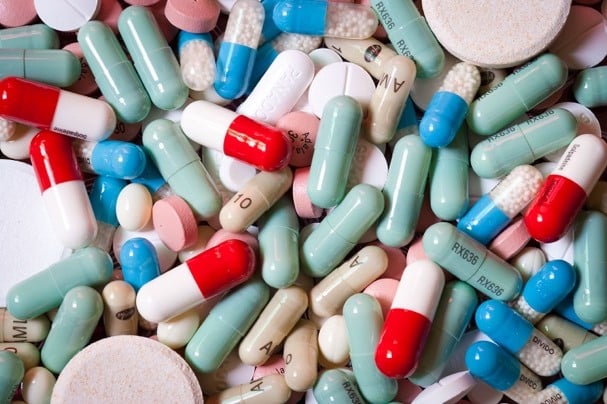Contaminants of Emerging Concern (CECs) are chemicals found in surface water that may cause ecological or human health impacts. In wastewater, one of the most common types of CECs are pharmaceuticals and personal care products (PPCPs). The EPA is not currently regulating CECs and PPCPs, but these contaminants are attracting the attention of researchers, environmentalists, and regulators as they can be toxic to aquatic life and contaminate drinking water sources.
Where do CECs and PPCPs come from?
CECs and PPCPs commonly come from human debris and waste. Wastewater treatment plants and septic systems are not designed to treat CECs or PPCPs. CECs enter wastewater in multiple ways:
- Direct disposal: Disposing of products down a household drain. For example, flushing unused pharmaceuticals in the toilet.
- Indirect disposal: Entering wastewater due to indirect contact with the substance. For example, microplastics can enter wastewater from laundering synthetic materials like microfiber towels.
- Excretion: Consuming then excreting drugs. The chemicals get into wastewater treatment plants, septic systems, and in the case of livestock or pets, stormwater runoff.
What can the wastewater sector do to control CECs and PPCPs?
Much research is underway to develop treatment processes that remove CECs from wastewater, but total elimination is not possible. Also, because wastewater treatment plants span various regional, environmental, and socio-economic conditions, a universal method for disposing of the contaminants from wastewater is difficult to identify.
Even if affordable treatments for CECs and PPCPs are available in the future, prevention will always be the best approach – and wastewater systems can use it today. Educating customers on the proper disposal of chemicals and pharmaceuticals, as well as on buying safer products, is the most effective way to prevent CECs and PPCPs from entering the environment.
For pharmaceuticals, inform customers that the best option for discarding household drugs is to bring them to a collection event where they will be properly destroyed by incineration. The Food and Drug Administration provides both permanent collection sites and periodic events that your customers could take advantage of to dispose of unwanted or expired prescriptions. Many states and local jurisdictions also offer disposal sites, so connect with local partners to see if any sites exist in your service area and then educate your customers about the service and why it is important for local water quality. If a collection event is not available near you, inform customers that disposal in household trash is preferred over flushing.
For other chemicals that may enter wastewater through indirect disposal, inform customers of the EPA’s Safer Choices program. Safer Choices is a certification and labeling program that helps consumers find products such as dish soaps, laundry detergents, etc. that contain ingredients that are safer for human health and the environment.


